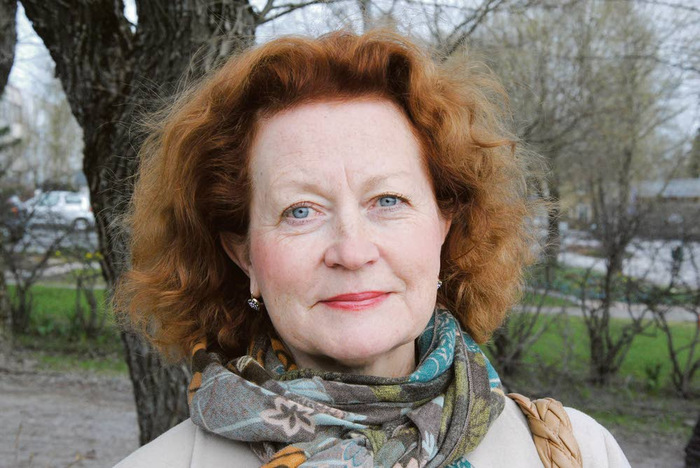Club U5B1E1
Posted: Fri 03 Jun 2016 11:12
Club U5B1E1

The Peopling of Europe from the Mitochondrial Haplogroup U5 Perspective

The Peopling of Europe from the Mitochondrial Haplogroup U5 Perspective
It is generally accepted that the most ancient European mitochondrial haplogroup, U5, has evolved essentially in Europe. To resolve the phylogeny of this haplogroup, we completely sequenced 113 mitochondrial genomes (79 U5a and 34 U5b) of central and eastern Europeans (Czechs, Slovaks, Poles, Russians and Belorussians), and reconstructed a detailed phylogenetic tree, that incorporates previously published data. Molecular dating suggests that the coalescence time estimate for the U5 is ∼25–30 thousand years (ky), and ∼16–20 and ∼20–24 ky for its subhaplogroups U5a and U5b, respectively.
Introduction
It has been argued that the most ancient European mitochondrial DNA (mtDNA) haplogroup (hg), U5, arose among the first European settlers in the Upper Paleolithic [1],[2]. Recent molecular dating results suggest that the age of hg U5 oscillates around 36 thousand years (ky), and it has been suggested that any early migration of U5 or its ancestors into Europe might have occurred between ∼55 ky and ∼30 ky ago [3]. There are two U5 subhaplogroups, U5a and U5b, dating back to ∼27 ky each, thus implying that they both originated before the Last Glacial Maximum (LGM) [3]. The frequency of hg U5 in modern European populations is on average 7% [1],[4],[5], but recent studies of ancient mtDNA have shown that U5 haplotypes were common among Mesolithic and Neolithic Europeans, especially of central and eastern parts of Europe [6],[7]. For instance, a high incidence of U5 haplotypes (about 65%) has been detected in European hunter-gatherer individuals
